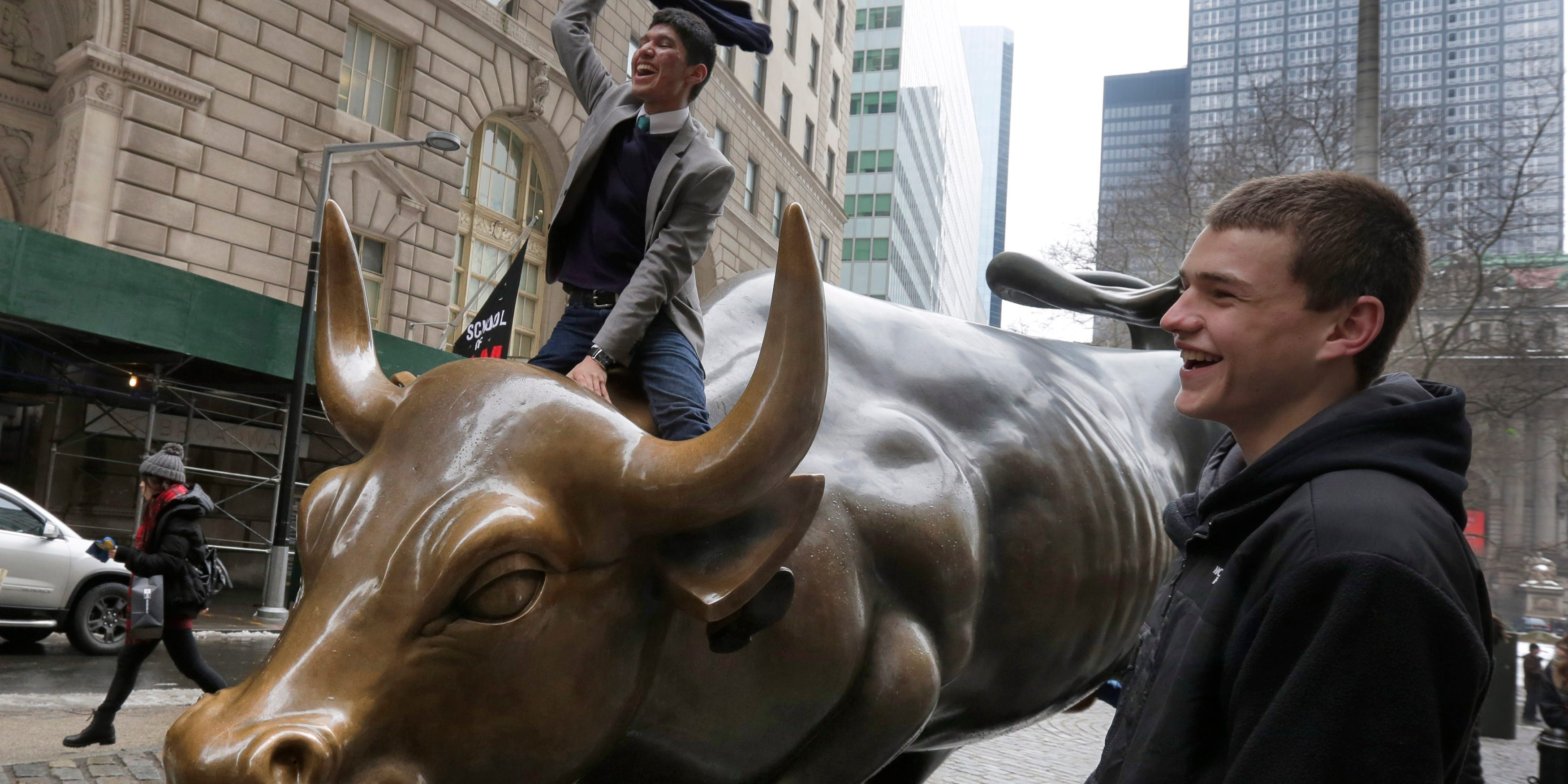The stock market has entered full FOMO territory this year, according to JPMorgan’s Marko Kolanovic.And investor enthusiasm is not just concentrated in tech stocks, with broad market valuations appearing stretched.”There is complacency being built into stocks with VIX at the lows of its range,” Kolanovic said. Loading Something is loading.
Thanks for signing up!
Access your favorite topics in a personalized feed while you’re on the go.
The stock market is overvalued, and it’s not just the tech sector that appears stretched, according to JPMorgan’s chief global market strategist Marko Kolanovic.
The S&P 500’s forward price-to-earnings ratio is currently 19.4x, and when you back out tech and AI stocks, the remaining 65% of the index trades at 17.4x, according to Kolanovic. That’s not cheap, as the historical forward P/E of the index is 15.3x, meaning that current valuations represent a 10% premium.
“FOMO is in full swing, there is complacency being built into stocks with VIX at the lows of its range,” Kolanovic said in a Monday note. The CBOE Volatility Index, better known as Wall Street’s fear gauge, traded just below 15 on Tuesday, and was as low as 13 last week.
Those stretched valuations could set investors up for disappointment if the economy shows any signs of slowing in the second half of this year or early next year.
For his part, Kolanovic expects a recession to hit the US economy by the fourth quarter of 2023 or the first quarter of 2024 at the latest.
“If the activity momentum does weaken in [the] second half, relative to the current projections of no/soft landing, stocks are unlikely to shrug it off, or look through, as they are not priced for disappointment anymore, even if one is to fully take out the tech/AI/FAANG groups from the equation,” he said.
Additionally, the stock market’s resilience in the face of higher interest rates also puts the future outlook for stocks in a murky place, which could get even murkier if the Federal Reserve hikes interest rates a couple more times.
“If one looks at yield gaps, comparing dividend yield to bond yield, all key DM markets are now trading less attractive than their 20-year average, apart from Japan… These considerations add to much higher positioning and more optimistic sentiment than was seen at the start of the year,” Kolanovic said.
All of this points to a relatively bearish outlook for stocks from JPMorgan, as the bank expects the S&P 500 to finish the year at 4,200, representing potential downside of 5% from current levels.
